‘HOT’ Communication article – photovoltaics with >17% efficiency potential
Cu-catalyzed vapor–liquid–solid growth and surface passivation techniques produce crystalline Si microwires of sufficient material quality for high-performance photovoltaics with high efficiency potential.
High-performance Si microwire photovoltaics
Michael D. Kelzenberg, Daniel B. Turner-Evans, Morgan C. Putnam, Shannon W. Boettcher, Ryan M. Briggs, Jae Yeon Baek, Nathan S. Lewis and Harry A. Atwater
Energy Environ. Sci., 2011, DOI: 10.1039/C0EE00549E
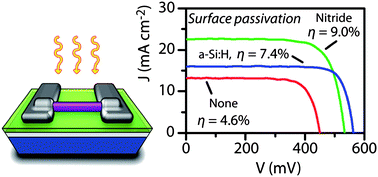
Throughout the growth of the photovoltaics (PV) industry, crystalline silicon wafer-based solar cells have remained the predominant worldwide technology due in part to high module efficiencies and the tremendous scale at which they are manufactured. However, producing silicon wafers is costly and energy-intensive, which has enabled lower-cost, less-efficient thin-film PV technologies such as CdTe to gain significant market share in recent years.
Technologies that combine the high efficiency, abundance, and non-toxicity of crystalline Si with the low cost and light weight of thin-film PV have the potential to significantly accelerate the adoption of PV energy.
Now, scientists from the US have investigated crystalline silicon microwires as an alternative to wafers. They made the wires by the vapor-liquid-solid (VLS) process, a thin-film vapour deposition technique and found that they possess remarkably high material quality, potentially enabling silicon microwire-array solar cells to reach efficiencies that rival those of many wafer-based crystalline technologies.












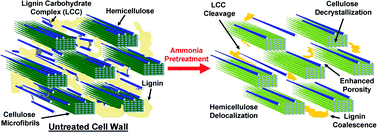 ‘
‘
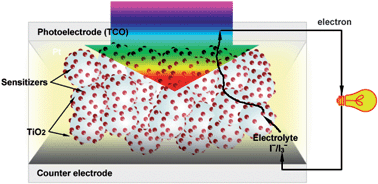
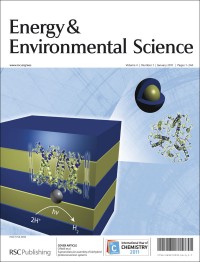
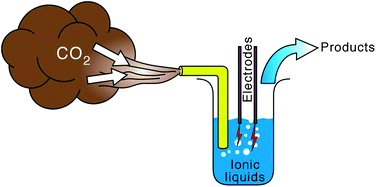
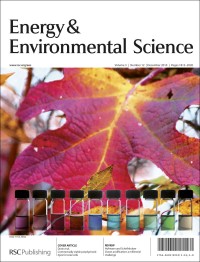
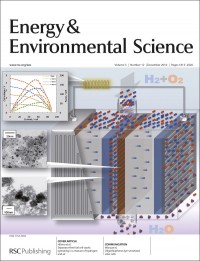
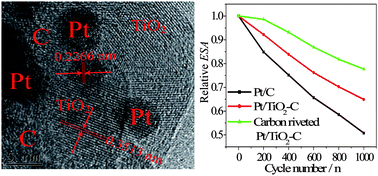 These findings indicate that it is a promising catalyst for proton exchange membrane fuel cells which are under long term operation.
These findings indicate that it is a promising catalyst for proton exchange membrane fuel cells which are under long term operation.